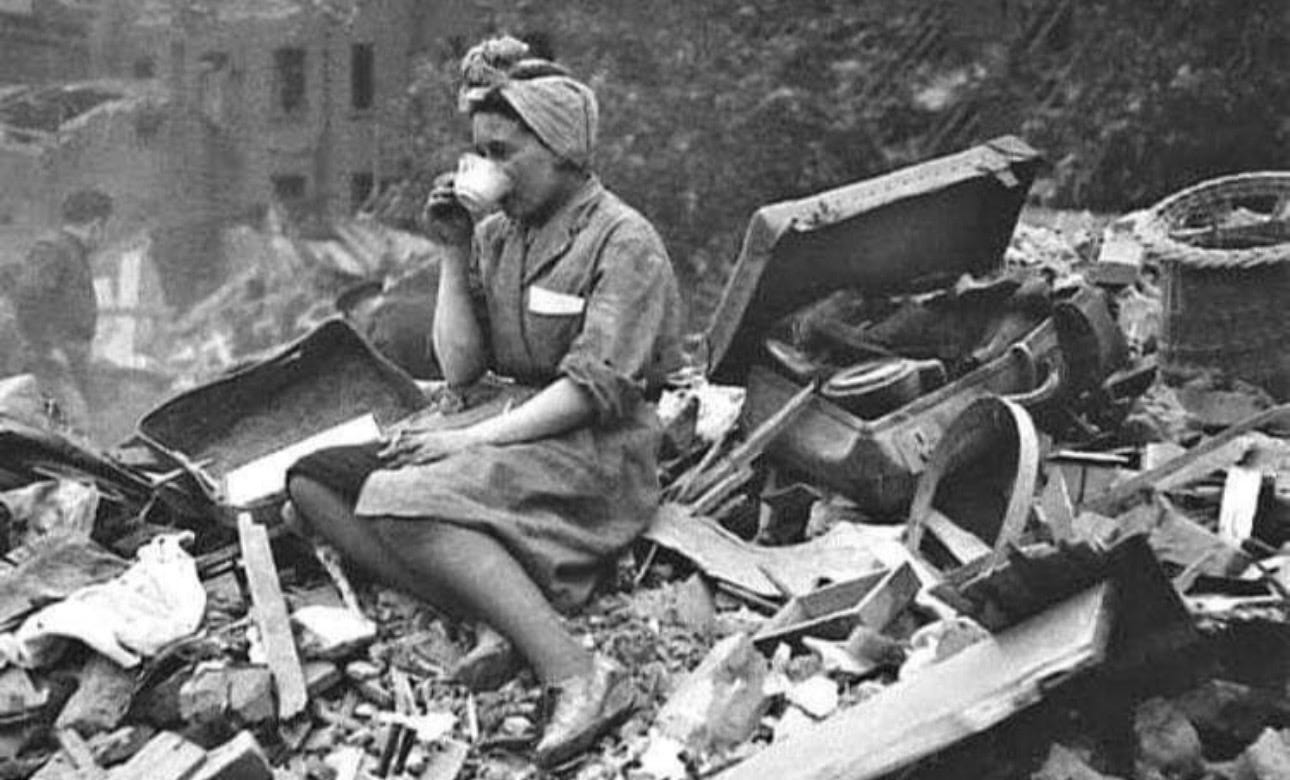I don’t pay attention to the world ending, it has ended for me many times and begun again in the morning.
I grew up in a house where crisis and solution traveled as a pair. Catastrophe was never shocking, it was just Tuesday. There was my father, who after another collapse of plans, would say, “Plan A was only rehearsal. We live on Plan B.” And there was my mother, who would answer, “Nothing to worry about, as long as we’re alive, there’s always a way.” I didn’t know it then, but those two sentences were a philosophy, half Stoic, half biological, that together, built my whole childhood. It wasn’t safety they gave me, but the skill of refusing dead ends.
People call that resilience, but the word is too weak. It sounds like a motivational quote slapped on a sunset stock photo. What it really is, what it became for me, is a way of inhabiting reality. A nervous system that endures repeated collapse and continuation learns not to worship single outcomes. It trains itself in plurality. My mind became a kind of greenhouse for alternatives: if not this, then that; If not here, then there; if not now, then later.
Fear does the opposite. Fear narrows your vision until you’re betting everything on one door, one saviour, one script that must work. Plan B loosened that grip for me. It taught me to see the hinge on the locked door, the hidden clause that could be twisted into permission. Sure, you can call this optimism if you like. I call it discipline of attention. A sensorimotor ethic.
The trap is that what resilience gives with one hand, it threatens with the other. Survive enough endings, and you will begin to treat every sorrow as a problem to be solved. That is false, and worse - it is cruel. Not everything broken exists to be fixed. Some things must be carried. Some griefs don’t want your repair, they want your witness. If you have practiced Plan B long enough, you must also practice Plan None: the willingness to stand inside what cannot be remade. Otherwise, resilience itself becomes impatience, a refusal to honor your own fragility.
What strikes me now is how much paradox the body can carry without collapsing. It can register irreversibility and still lean toward continuation. It can hold the truth of “This cannot be restored”alongside the defiance of “I will make a life anyway.” Survival, in that sense, isn’t always grand or heroic even though we’re used to seeing it in its cinematic form: the hero sprinting through fire, dangling from helicopters, clinging to the edge of a cliff, screaming in the rain. But truthfully most resilience is measured in stillness or in millimetres. This is underrated and less dramatic but far more common, and actually the one which keeps the world running.
If you really pay attention you will realise that the end of the world is rarely an external spectacle. It happens in consciousness, in the collapse of the structures that once made experience intelligible. I think people live their fair share of private apocalypses to know that the question is never whether life will fracture, but how one meets the fracture. That’s why resilience can’t remain a blunt refusal to break. It has to become something more refined, an art of perception, almost editorial: what is worth carrying forward, what deserves to be released, what should keep surviving inside you after all.
Of course, let’s not get carried away. Survival by itself is trivial, basic biology. Amoebas survive. The real task is surviving without becoming ridiculous to yourself. Yes, the world ends and you fall apart, but then you’re left with the strangely comic burden of arranging your ruins into something habitable, and that’s beautiful.
What I’ve learned is that life doesn’t hand you a finished map. It throws you a few fragments, some half-legible signs, and then waits to see whether you’ll walk anyway. The path does not appear before the step, it appears because of it. Think of the classic scene in the cartoons: the cat reaches the precipice but goes on walking, ignoring the fact that there is no ground under its feet, it starts to fall only when it looks down and notices the abyss. Perhaps that’s the human condition in a single image: the ground is there only as long as we act as though it is. The moral is simple: don’t look down. Keep walking. The abyss usually has the courtesy to play along.


There were so many quotes that I wanted to get out of this, but in reality, the whole writing is just beyond amazing. You placed into words, not only our present situation in the world collectively, but also our individual apocalypse that each, and every one of us is going through right now. Masterful writing… just masterful!
What a beautiful post!